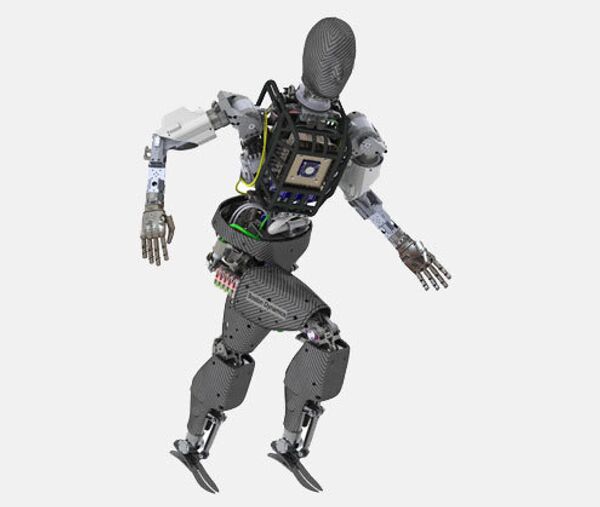WASHINGTON, July 3 (RIA Novosti) – They have walked – virtually – over uneven terrain, waded through a soggy pit of mud and maneuvered past cinder blocks designed to stop them in their tracks, all part of a kind of ironman competition for robots that organizers say could someday make the world a safer place for people.
Now, seven robot design teams will craft their software creations into electronic reality for the next phase of a robot building competition known as the DARPA Robotics Challenge (DRC), developed by the Defense Advanced Research Project Agency (DARPA), which promotes technological research for the US military.
The mission -- to “spur development of advanced robots that can assist humans in mitigating and recovering from future natural and man-made disasters,” said DARPA in a press release to announce winners from the first phase of the competition.
The seven teams were whittled down from a field of more than 100 entrants and 26 teams from eight countries that were chosen to compete in the first, qualifying round of the competition, including teams from Brazil, Israel, Poland, Spain, England and Mexico.
The 26 teams had to show that their virtual robots could maneuver an online obstacle course, enter and drive a vehicle, even picking up a hose and turning it on.
Judges were “quite impressed with the performance” of many of the teams, said DRC program manager Gill Pratt in an online chat. Seven teams from the United States and Japan were chosen to move forward in the contest, including teams from NASA and the Massachusetts Institute of Technology (MIT).
They each get a 331-pound (150 kg) humanoid robot known as Atlas, with freedom of movement in its arms and legs as well as a head equipped with sensors, stereo vision and laser radar to use in the next round of competition.
Teams can also use their own, custom-built robots for the first physical phase of the competition, the DARPA Robotics Challenge Trials in December, when robots will be challenged to perform an array of individual disaster response operations.
At the final challenge in December 2014, robots will compete in a disaster-style scenario with a top prize of $2 million.
The competition was launched, according to the DARPA website, because “Our national security is vulnerable to natural and man-made disasters and there are often limitations to what humans can accomplish to help remedy these situations or mitigate further damage.”
The goal, it said, is for robots of the future to perform “the most hazardous activities in disaster response operations… in order to reduce casualties, avoid further destruction, and save lives.”
Video: The first phase of the competition tested software programming skills using a virtual robot and a simulated obstacle course.


